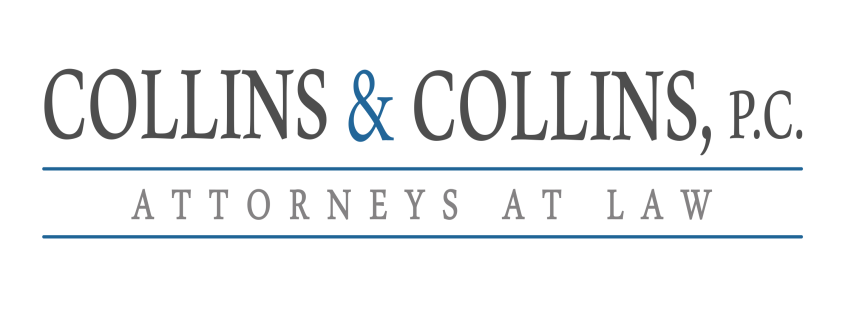Cerebral palsy is a condition that affects a child’s ability to move because of impairment or injury to the brain. Signs that a child may have a disability may not be apparent at birth. Signs may appear as late as age five in some children; however, there are some early warning signs that parents should watch out for.
Depending on the damage done and the part of the brain affected, the warning signs can vary from child to child. One child may be physically rigid, while another may seem loose or floppy. Yet, the most common early warning signs involve developmental delays. When a child misses certain key milestones at a typical age, such as rolling over, sitting unassisted, or crawling, there may be cause for concern.
At two months of age, parents can watch for issues when they pick up their child, like difficulty in controlling the head or stiff legs that “scissor” or cross. At 6 months, parents should continue to watch for head controlling difficulties, favoring one hand over another, or an inability to roll over. By ten months, an inability to sit without assistance or dragging one side of the body while crawling are warning signs. And by 12 months, there is a definite concern when a child is not crawling or can stand without assistance.
If you suspect your child may have a developmental delay, it is best to contact a healthcare provider for early screening and evaluation. A physician can test motor skills and reflexes, review the family’s medical history, and even use specialized diagnostic tools to view the brain, such as an MRI or CAT scan. Medical professionals may also detect abnormalities that parents may not see, such as unusual muscle tone or posture.
If you see these indicators in your child, you should immediately alert the child‘s pediatrician. The child‘s doctor should be informed as some of these signs may not be readily apparent during a routine checkup.
